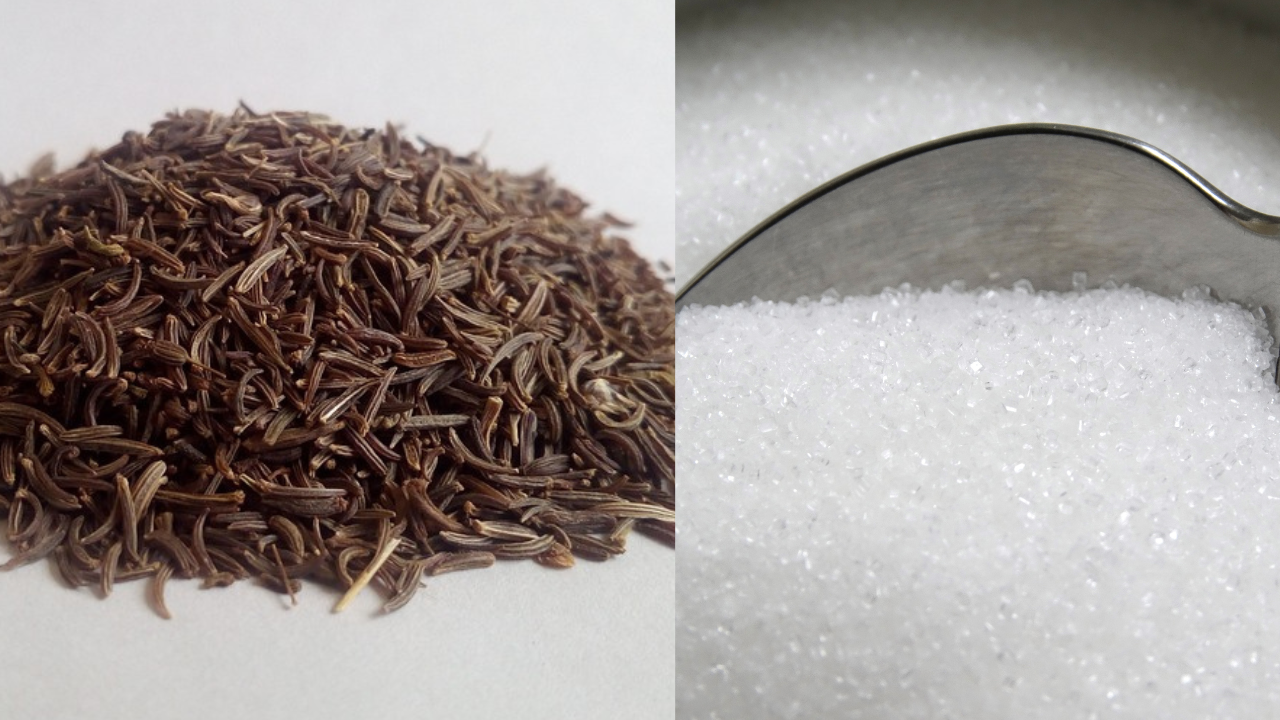
The mandi prices of the aromatic kitchen ingredient jeera (cumin) saw a sharp month-on-month drop in wholesale prices by an average of Rs 1,091.5 per quintal across the key markets of India, according to the Agmarknet portal by the Union Ministry of Agriculture and Farmers Welfare on Monday (February 5). Similarly, wholesale sugar prices also declined by an average of Rs 226.87 per quintal in February.
The largest producers of jeera, one of the most popular spices consumed in India, include Maharashtra, Chhattisgarh, Gujarat, Karnataka, Madhya Pradesh, and Rajasthan. Among all the states, wholesale prices of jeera Maharashtra plummeted by Rs 12,903 per quintal to Rs 40,000 month-on-month in February. This decline in Maharashtra was the major reason behind the fall in the wholesale average of jeera prices to Rs 27,684.75 per quintal in February, from Rs 28,776.25 in January.
Similarly, the wholesale average of sugar prices also fell sharply by Rs 253 per quintal to Rs 4,088 in February in the National Capital Territory of Delhi. In West Bengal, the month-on-month sugar prices declined by Rs 181 per quintal to Rs 3,863 in February. Due to a slump in prices in these places, the average monthly sugar prices across the country also plummeted by Rs 226.87 per quintal to Rs 4,026.
Contrary to Delhi and West Bengal, the month-on-month wholesale prices of sugar increased in states such as Maharashtra, Uttar Pradesh, Rajasthan, and Odisha. The wholesale prices of both jeera and sugar declined in February. However, on a year-on-year basis, prices of both the essential agri-commodities only increased in 2024. For instance, year-on-year wholesale prices of sugar saw an increase of Rs 162.4 per quintal in February 2024, and of jeera by Rs 8,108.58 per quintal.
For those interested in exploring the prices of various crops in their respective state markets, the official website [agmarknet.gov.in](https://agmarknet.gov.in/) provides a comprehensive list. Understanding the price dynamics of different crops and their quality assessment remains pivotal in navigating market fluctuations for farmers and traders alike.















